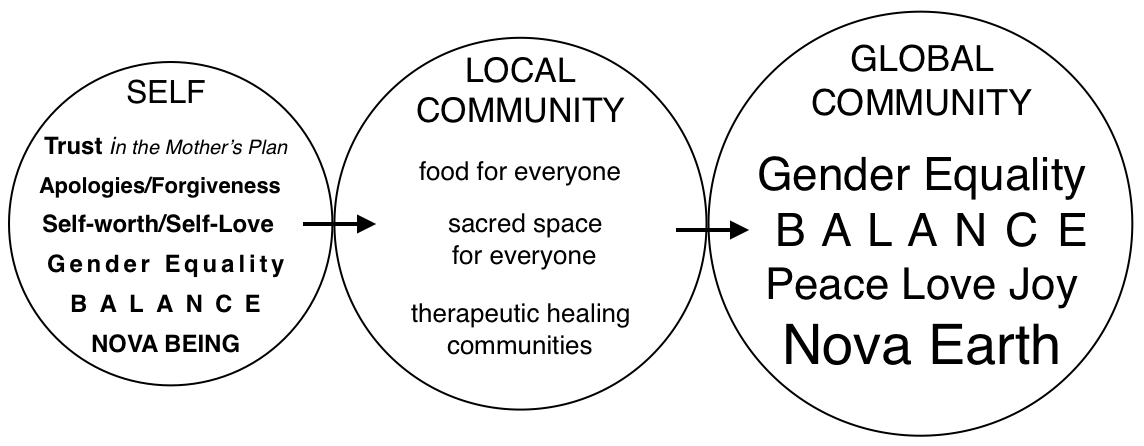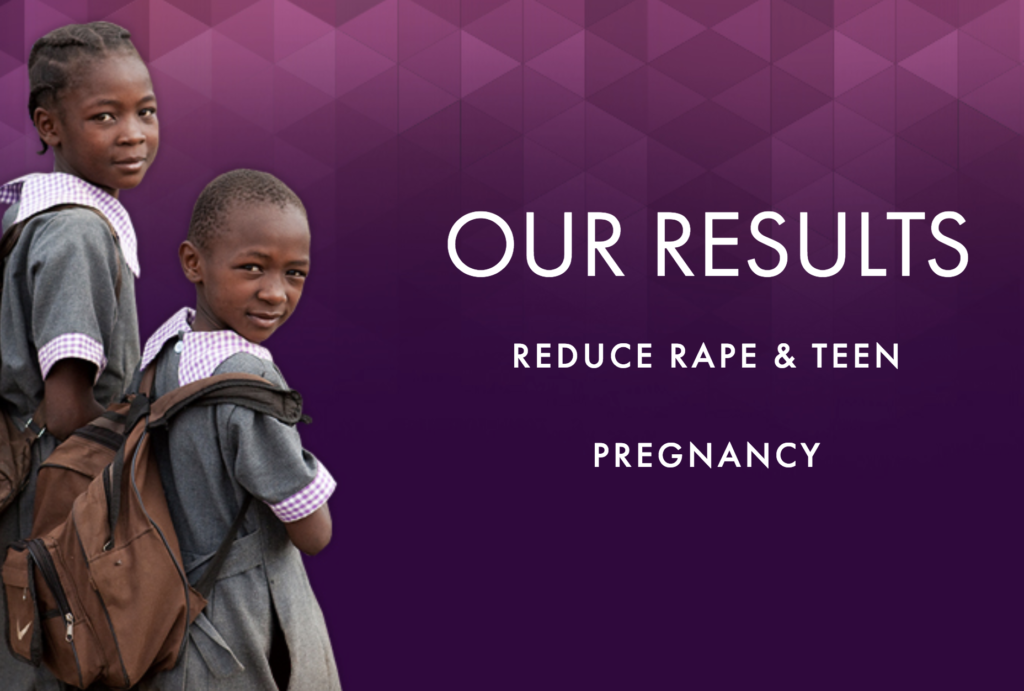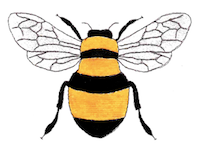
December 18th, on AHWAA, Archangel Michael through Council of Love channel, Linda Dillon, asked us to send an aspect to Yemen, Syria, Afghanistan, Israel, Turkey or Saudi Arabia, not to go there physically, but to send a mighty warrior aspect:
“Not to partake in the melee, but to simply be the beacon of peace, the beacon of Love, the beacon of hope in at least one of these upheaval war-torn places.”
He said to hold a position in a place of power or a place of poverty and squalor, and to think of ourself with his sword and shield, or a beacon of light, transmitting the energy of peace.
I journeyed — scroll here to December 29th — to ‘see’ the aspect I placed in Yemen at Port Hodeidah where there are blockades for basic supplies, food, needed by the people.
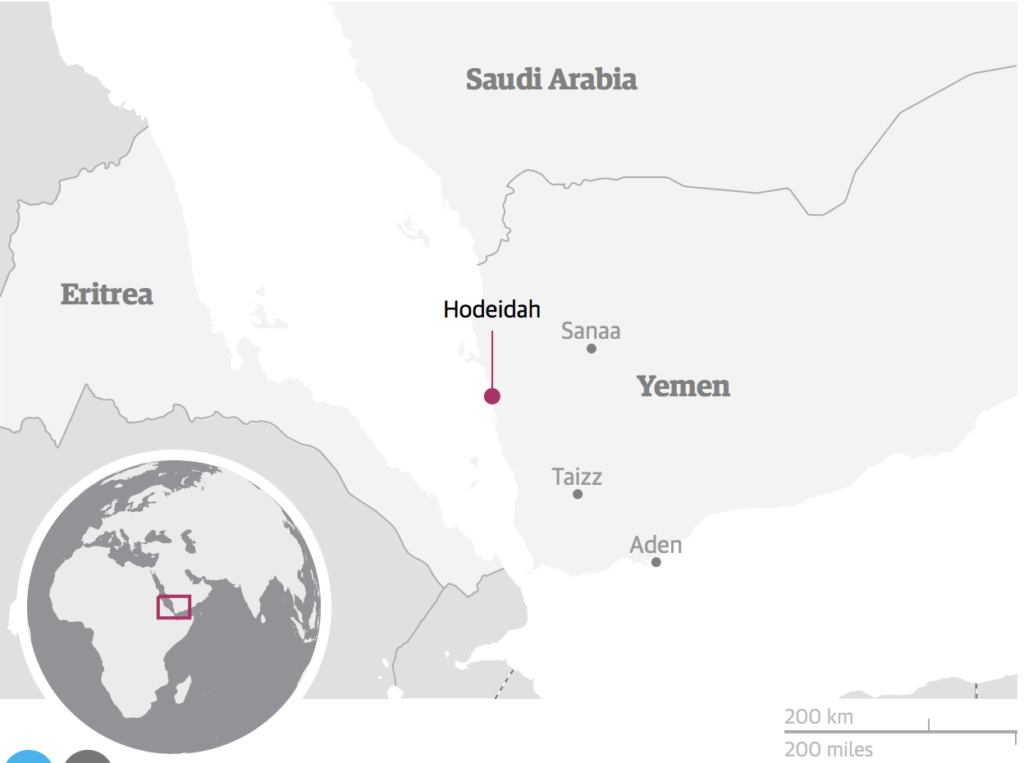
Going to the Middle East etherically was eye-opening. I had no expectations as to what would happen. On a personal level there was finally the ability to get deep enough into something that happened in childhood, to access the associated feelings.
Archangel Michael is asking us to be the peace within and also without, to help out in our own communities — by doing this, we are working on many levels at once — to listen for his inspiration, then to take action, to visit the local homeless shelter or wherever he inspires us to go.
****
Temi Mwale, who lives in London and runs The 4Front Project, a youth-led social enterprise with a mission to empower communities to live free from violence, wrote for The Guardian, January 3, 2018:
“While not everyone will or should work on the frontline, we can all play a role. As many of you make New Year resolutions, I urge you to commit something to this struggle. We need your time, resources, skills and networks to empower those of us in the position to create change to make a bigger impact. Too many people have accepted children killing children as a tragic yet normal feature of life in London. I cannot.”
December 2nd, Archangel Raphael (1), channeled by Linda Dillon, gives us his Emerald Elixir saying:
“The healing is also the remembering and bringing into determined focus what you intend to do.
“If there is one area where there is a huge gap. . . in this final birthing of Nova Earth and New You it is in. . . operating from clarity of intention. . . what you intend to create.”
He asks us to remember our original intention of being the Love with clarity of intention:
“‘I Am the Love. . . I took form to be the embodiment of the Mother/Father One.’
“Clarity of intention. . . intend for the entire planet to experience only Love and that translates, sweet ones, into every interaction that you have. . . so it is the beginning and the ending.”
He says it is not being in denial of the chaos, but to be the Love:
“The more you are steeped in the Love, the more there is. . . No it is not being in denial.
“It is being the most powerful healer on the planet, so that when you see someone in that incoherent chaos, when you see the murder and mayhem, as healer you apply the poultice of Love, because if you apply irritability or anger or fear, then that is what you are creating.
“Your intentions determine the outcome of the Plan. . . . so I give you my Emerald Elixir.”
****
We are mighty creators, systems busters, here to create Nova Being and Nova Earth, working on this all at once, as within so without:
Our balance, gender equality within, lies in forgiveness of all past male-female/female-male relationships, female-female and male-male relationships, and the integration of our aspects, helping create peace within and without, on all levels at the same time.
We have the ability to be the Love and peace — forgiveness of everything, harmony, balance, joy, to remain centred and still, one with who we truly are regardless of externals — to be the hope, in the world but not of it.
Below are several posts, brave beings helping out in the chaos, posts and videos of the chaos, ideas, solutions. . .
No Means No Worldwide:
Ending the Global Rape Epidemic
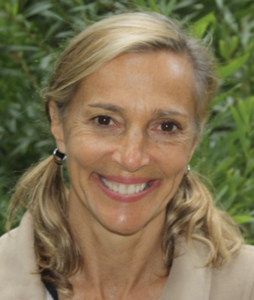
Lee Paiva — Mission Possible — Creating a Rape Free World
In 2006, No Means No Worldwide (NMNW) founder, Lee Paiva, was walking through Korogocho slum in Nairobi, Kenya to check on a microloan business.
Her translator began whispering about the people and shacks they passed. “This girl was raped at knife point, this child is a rape baby, this girl is HIV-positive from rape by her father, this is where a grandmother died after being gang-raped, this woman’s baby was raped…”
Lee felt she had entered a nightmare world. A baby raped? A grandmother? It sounded as if every female there had been sexually assaulted. The translator shrugged as if to say, “It is what it is.”
This experience struck a personal chord for Lee, and she immediately set to prove that “it” was a rights atrocity and result of egregious gender-related power imbalances. She further set out to show that that an education curriculum rooted in individual rights and empowerment self-defense skills, like the one she had which experienced in the United States, could be transferred to slum environments.
In October 2009, Lee started building NMNW, by designing and piloting a violence prevention and intervention system called IMpower. She worked closely with educational and academic experts across the globe to design curricula and training materials. The aim was to stop the cycle of violence by educating girls and boys to create gender equity for community-wide, generational change.
In 2011, Lee began training instructors to deliver IMpower programming. In 2012 she teamed up with the Kenyan nonprofit Ujamaa to launch classes and gather data for impact evaluation. This effort led to the formation of the Gender Based Violence Prevention Collaborative in partnership with Stanford University. The Collective produced five scientific articles published in major international journals about the impact of NMNW’s work.
IMpower is now a leading dual gender violence prevention curriculum for youth. The male and female IMpower Instructors trained since launching NMNW have taught over 180,000 girls and boys in Kenya and Malawi. In addition to pioneering cutting-edge prevention interventions, NMNW created a 12 Step recovery program for survivors called Sexual Assault Survivors Anonymous (SASA). These meetings are held across Nairobi and provide long-term steps to recovery free of charge.
In 2015, after 3 years of testing its program in Kenya, NMNW was ready to achieve transformative scale in preventing gender-based violence by becoming a best practice global training academy and technical assistance provider. NMNW’s technical assistance approach is to provide comprehensive support to existing local implementing partner organizations like Ujamaa, so the partners can deliver and evaluate high quality rape prevention programming across the globe.
To bring an end to the global rape epidemic, NMNW believes that education and training is central to prevention and that the decades-long focus on costly, reactive aftercare must end. NMNW has a measurable and proven model that has been verified as primary prevention to stop sexual harassment, assault and rape. Now, NMNW’s job is to spread that model as widely and as quickly as possible.
“What No Means No Worldwide is proving
through its sexual assault intervention
is that you don’t need to build 142 police stations,
like they did in Tanzania for millions of dollars.
What you need to do is build training capacity in human beings
and then train kids to use what’s already within themselves.”
—Catherine Maternowska,
Child protection specialist, Unicef Office of Research-Innocenti
NMNW believes the key to ending the global rape epidemic is by empowering both girls and boys to create a culture of mutual respect.
Their 12-hour curriculum emphasizes interactive verbal skills, role playing and physical training, keeping lectures to a minimum, teaching youth the practical hands-on tools to speak up, prevent or intervene in an attack.
The program’s successes are a testament to it’s effectiveness:
- Over 180,000 girls and boys completing their training to date
- Rates of sexual assault have fallen by half
- Intercessions have tripled
- Half of the female participants were also hailed for stopping an assault in the year following their training
The program has cost less than half a million dollars over eight years, and is now in Malawi as well as Kenya, with plans for Uganda.
Self-defense Training for Kenyan Girls Reduces Rape Study Finds
Palestinian 16-year-old Ahed Tamimi
is the Latest Child Victim of Israel’s Occupation
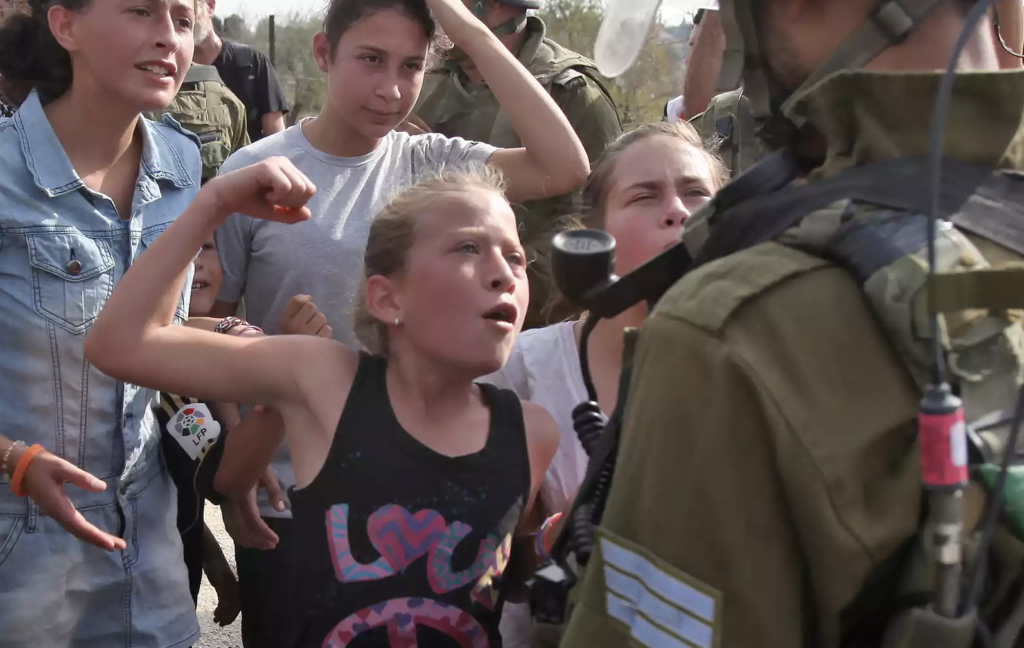
Ahed Tamimi confronting an Israeli soldier during a protest in 2012 Photograph: Abbas Momani/AFP/Getty Images
By Harriet Sherwood, The Guardian, January 2, 2018
A little over four years ago, I drove to the West Bank village of Nabi Saleh to spend a day with a 12-year-old girl. Her name was Ahed Tamimi, and I was interviewing her for a magazine article, Children of the Occupation: Growing up in Palestine.
We talked about her life in the village, the constant presence of soldiers, the demolition order on her home, mermaids, football and hopscotch. She was elfin, with an uneasy mix of worldliness and naivety. Of the many children I met in the West Bank and Gaza over almost four years of covering the Israeli-Palestinian conflict for the Guardian, I found Ahed one of the most disturbing.
By then, she was well known in pro-Palestinian circles. In 2012 a video showing her angrily confronting an Israeli soldier had gone viral; Ahed was feted. Now, another video of her slapping and kicking an Israeli soldier has led to her being charged with assaulting security forces, incitement and throwing stones. The teenager is in custody awaiting trial.
The video and the charges have polarised opinion. To many pro-Palestinian activists, Ahed is a symbol of resistance, a child hero, a freedom fighter. Comparisons have been drawn to Malala Yousafzai and Joan of Arc. She has been lionised on social media, and publicly praised by the Palestinian president, Mahmoud Abbas. On the Israeli side, some have said she is a puppet of political parents, she has been, schooled in violence, and that she deserves stiff punishment.
As usual, it is a little more complicated. Ahed is a member of the second generation of Palestinians to grow up under occupation. Her father, Bassem, was born in 1967 – the year Israel seized the West Bank, East Jerusalem, Gaza and the Golan Heights in the six-day war. He and his children have known only a life of checkpoints, identity papers, detentions, house demolitions, intimidation, humiliation and violence. This is their normality.
The family home is in Area C, the 62% of the West Bank that is under Israeli military control. Their village, Nabi Saleh, has been the scene of frequent protests since Israeli settlers appropriated the local spring a decade ago. Bassem and his wife, Nariman, and other members of the family have often been at the forefront.
Stones have been thrown by the protesters; Israeli forces have responded with teargas, rubber bullets, water cannon and sometimes live ammunition. At least two villagers, including Ahed’s uncle Rushdie, have been killed, hundreds injured, and at least 140 people detained or imprisoned – among them Bassem and Nariman, several times.
Ahed has grown up in this environment. When I asked her how often she had experienced teargas, she laughed, saying she couldn’t count the times. She described military raids on the family home. I observed Ahed and her brothers as, over and over again, they watched footage of their parents being arrested and their uncle writhing on the ground after being shot.
Many of her answers to my questions appeared rehearsed. “We want to liberate Palestine. We want to live as free people. The soldiers are here to protect the settlers and prevent us reaching our land,” she told me. Her parents seemed proud of her profile among anti-occupation activists, a perspective reinforced this week when Bassem described his daughter as “a representative of a new generation of our people, of young freedom fighters … [She] is one of many young women who in the coming years will lead the resistance to Israeli rule.”
Suggestions that Ahed’s recent interaction with the soldiers was partly for the benefit of the rolling camera, that her mother apparently had no qualms about streaming it live on social media, and (according to the Israel indictment) that the teenager suggested that “whether it is a stabbing attack or suicide bombing or throwing rocks, everyone needs to do something and unite in order for our message to reach those who want to liberate Palestine”, reinforce a sense that the Tamimis are a highly politicised family.
Four years ago, alongside the fledgling activist who insisted to me she was not frightened of the armed soldiers she passed every day, there was a little girl anxious about being photographed near a military watchtower, and who – according to her parents – sometimes shouted out in her sleep or woke up sobbing.
Ahed’s experiences are echoed in the lives of hundreds of thousands of children in the West Bank and Gaza. Such a brutal context for childhood can shape attitudes for a lifetime. Frank Roni, a former child protection specialist for Unicef in the Palestinian territories, said he had observed the “intergenerational trauma” of those growing up under occupation. “The ongoing conflict, the deterioration of the economy and social environment, the increase in violence – this all impacts heavily on children. Children form a ghetto mentality and lose hope for the future, which fuels a cycle of despair,” he said in 2013.
At 12, Ahed told me she wanted to become a lawyer when she grew up so she could fight for Palestinian rights. At 16 she could be facing a long prison sentence. Whatever the outcome of the Israeli judicial process, she looks certain to spend the next formative months of her life in prison, rather than studying for exams.
Her story is not just about one child, but a generation – two generations – without hope and security. Tragically and unforgivably, the same bleak prospects could await a third.
• Harriet Sherwood is the Guardian’s religion correspondent, and former Jerusalem correspondent
How Did Bombs Made in Italy
Kill a Family in Yemen?
NYT Investigates
Rise for Syria
Four Fatal Stabbings in One Night. . . in London
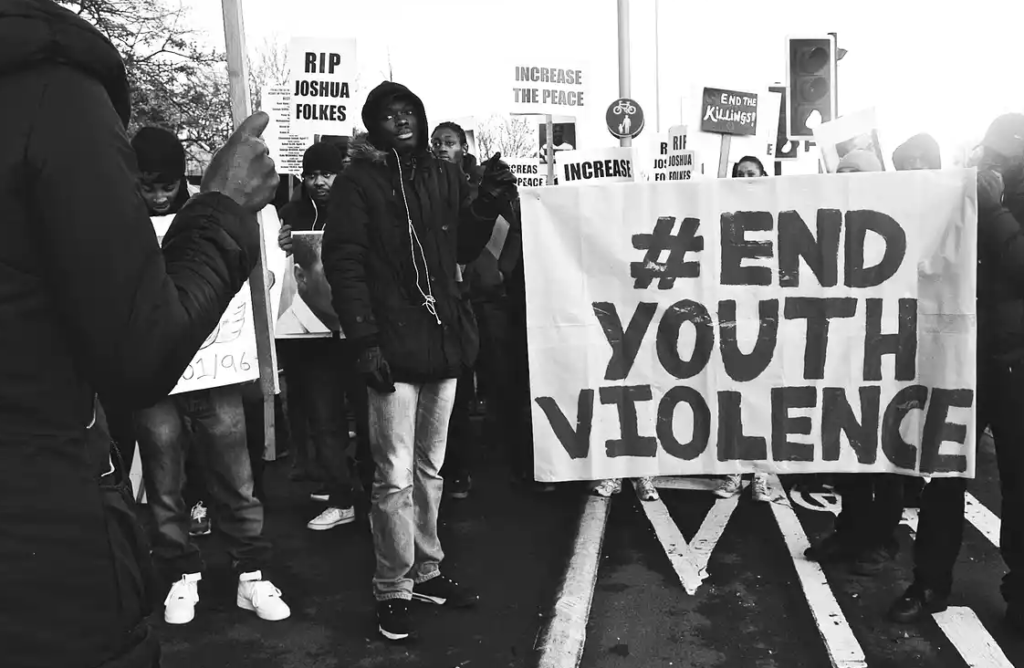
‘Since 2000, hundreds of children and young people have been stabbed, shot or beaten to death on the streets of our capital.’ Photograph: 4Front Project
By Temi Mwale, The Guardian, January 3, 2018
As four families woke up on Monday morning, hoping that the violent and sudden death of their children was just a nightmare, it was a far from happy new year.The fatal stabbing of four young men means they join a growing list of those whose lives have been devastated by London’s youth violence epidemic.
Since 2000, hundreds of children and young people have been stabbed, shot or beaten to death on the streets of our capital. In 2017 this type of violence reached an alarming high, one familiar for those who can recall the tragic peak of 2008.
Those of us delivering frontline violence intervention services will tell you that we are nowhere close to it ending. And why would it? We have not done anything radically different to address youth violence in the last 18 years. I run The 4Front Project, a youth-led social enterprise on a mission to empower communities to live free from violence. London mayor, Sadiq Khan’s latest campaign against knife crime has one thing right: we do need our young people alive. But when he says “our young Londoners are too valuable to risk their lives by carrying a knife” he fails to recognize that the reason many children do so is because they believe their lives are already at risk.
That’s not the only mistake that the campaign makes. Many of the usual responses to youth violence repeat the same errors again and again. First, the focus on the weapon is misleading. Knives are only used because they are accessible – you only have to go the kitchen drawer to find one. What Khan and other policymakers would be better off doing is addressing the root causes of the violence.
****
I Am Original Purity. . .
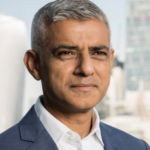 Sadiq Khan: “London is one of the safest cities in the world – but knife crime is tragically ruining far too many lives, devastating communities and leaving families bereaved.
Sadiq Khan: “London is one of the safest cities in the world – but knife crime is tragically ruining far too many lives, devastating communities and leaving families bereaved.
“It’s time to stop the killing right now. To do this, we need the young people of London to realise how incredible they are and the potential they have.
“As Mayor of London, I’m asking you to join me in telling our young people that London needs them alive.
“I want them to know how important they are, what they can achieve in this city and that they shouldn’t put their futures at risk by carrying a knife.”
****
In reality, the UK’s capital is divided into two worlds. Many young Londoners inhabit an environment akin to a war zone, where the threat of serious violence is constant, leading to high levels of fear and anxiety. If you have never felt your life was under threat, it is difficult to conceive of what it could be like to a be child and have a very rational fear that you could lose your life every time you leave the house. The mayor’s slick hashtag and video will have zero impact on the teenagers who live like this.
If you have firsthand experience of streets that are unsafe, where your parents, teachers or even youth workers can do nothing to protect you, where do you turn? Unfortunately the police, paid to protect and serve, do little to increase their sense of safety. The complex relationship between young people and the police can drive violence many feel they have no viable legal route to deal with conflict.
Young people all say the same thing: longer sentences won’t deter them as they would rather go to prison than be killed
Tougher mandatory minimum sentences are also not the answer. Through our LegalEase programme, which uses the law to stimulate conversations about violent crime, I have discussed this with hundreds of young people. They all say the same thing: the length of sentence will not deter them from carrying weapons because they would rather go to prison than be killed.
I hope these deaths will not lead to renewed calls for an increase in stop and search – this tactic will never end violence. Removing weapons from people without addressing why they are carrying them in the first place will not get us anywhere.
And no, violence is not a “black problem.” But there is a racial dynamic. The unaddressed issues between the black community and the police are driven by historical failings that continue to be perpetuated to this day. Young black boys are still over-policed and under protected. They urgently need culturally competent services that work with them holistically, addressing their sense of identity in a society that is hostile towards them.
What else works? We must make the link between rising violence and rising inequality. Young people are bearing the brunt of cuts with increased unemployment, homelessness and substance abuse and reduced support. When young people are violently attacked, they rarely access services that help them cope, and come to terms with their victimization. Poverty creates an atmosphere of hopelessness and an environment in which violence can thrive. We should also remember that youth violence is not detached from other forms of violence in society.
We need a public health approach that works with communities holistically. We need to invest in the infrastructure so that young people can live in environments where they thrive, not fight for survival. Grassroots community work is what will restore hope and provide a sense of purpose to a generation that has been failed by our society.
Over the past three months I have visited several cities that have tried to unify around public health. I visited a number of Cure Violence sites in Chicago and New York. I visited arts-based therapeutic services and social enterprises addressing trauma and providing employment in Los Angeles. I visited the Violence Reduction Units in Glasgow. There is a lot we can learn from the work being carried out here, however one thing was clear – community organizations in every city struggle for resources and infrastructure. There is no quick-fix solution. But long-term investment in long-term interventions that deal with the root causes of violence, such as unaddressed trauma, would be a step in the right direction.
Violence affects us all. While not everyone will or should work on the frontline, we can all play a role. As many of you make new year resolutions, I urge you to commit something to this struggle. We need your time, resources, skills and networks to empower those of us in the position to create change to make a bigger impact. Too many people have accepted children killing children as a tragic yet normal feature of life in London. I cannot.
• Temi Mwale is the founding director of The 4Front Project, a youth-led social enterprise to empower young people and communities to live free from violence
How Scotland reduced knife deaths
among young people
Once violence was seen as a public health issue, the conversation changed: “We started to talk to offenders and ex-offenders and to challenge behaviours and the culture of violence,” says McVie.
Archangel Raphael’s Meditation:
Emerald Elixir of Love
Intention of Why We Are Here
Archangel Raphael: “The collective, each and every being, whether they know it or not, are sacred children of the Mother, volunteers, implementers are of the Creator Race.
“Yes, it is true there is still enormous healing to be done particularly for those who are embracing — as if there is no tomorrow — the incoherent chaos. They are filled with static electricity. . .
“Why do I want to address you? You are all healers. That is an inherent quality of each of you who have come at this time of change because the fulfillment of the Dream of the Mother, the Divine Plan cannot take place, will not take place, without enormous healing. . .
“The healing is also the remembering and bringing into determined focus what you intend to do. If there is one area where there is a huge gap. . . in this final birthing of Nova Earth and New You it is in. . . operating from clarity of intention. . . what you intend to create. . .
“My intention is to be the Love and to accept that ‘I Am the Love. . . I took the form to be the embodiment of the Mother/Father One’. . . clarity of intention. . . intend for the entire planet to experience only Love and that translates sweet ones into every interaction that you have. . . so it is the beginning and the ending.
“The more you are steeped in the Love, the more there is. . . no it is not being in denial. It is being the most powerful healer on the planet, so that when you see someone in that incoherent chaos, when you see the murder and mayhem, as healer you apply the poultice of Love, because if you apply irritability or anger or fear then that is what you are creating.
“Your intentions determine the outcome of the Plan. . . . so I give you my Emerald Elixir. . .”
Palestinian and Israeli Women Marching for Peace
September 28 – October 10, 2017
The Council of Love’s definition of hope in Linda Dillon’s book, The New You:
“The gift of heart-knowing of the presence of God. The ability to understand that very often things on Earth are not as they appear. An ability to pierce the illusion of the veil. The only reason for change. Hope encompasses serenity; total and perfect calm. To be in the world but not of it, to be able to remain centred and still, one with who you are regardless of externals.”
“Hope is the colour of deep twilight blue, almost navy. It is the deepest colour of blue, the colour of Universal Mother Mary.” (2)
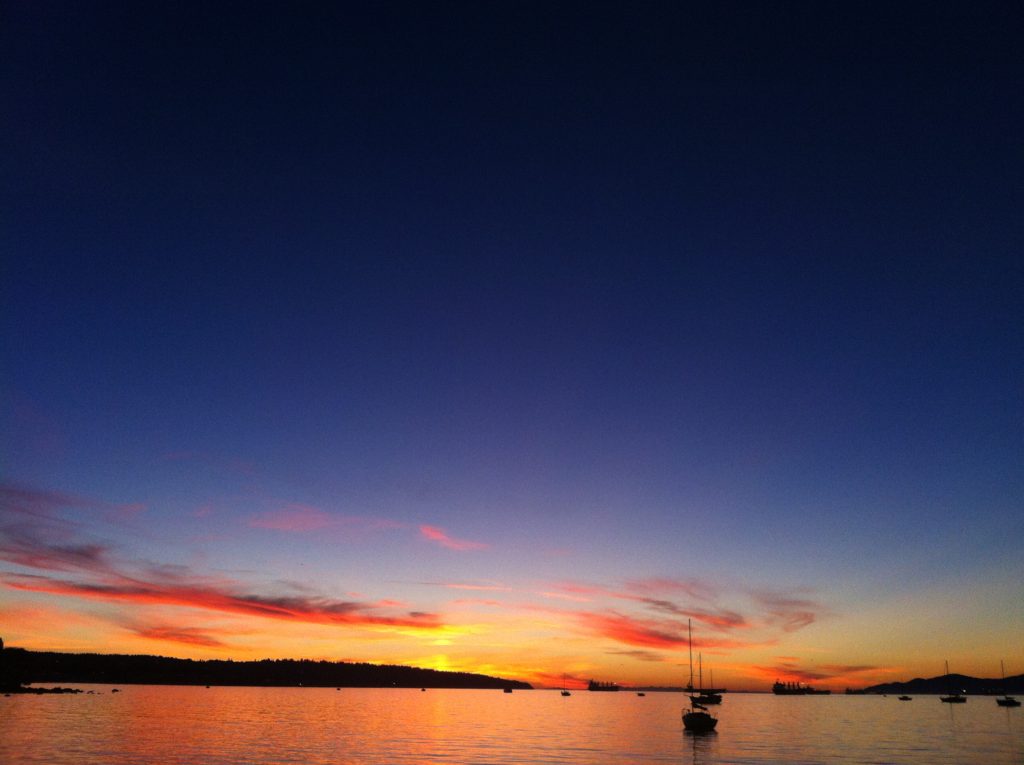
Footnotes
(1) “Archangel Raphael: The Time of Victory is at Hand – Video,” channeled by Linda Dillon for the Council of Love, December 2, 2017, http://counciloflove.com/2017/12/the-time-of-victory-is-at-hand/
(2) “The New You, Emerging into the Brilliance of Humanity’s Heart Consciousness,” by Linda Dillon, 2013, page 199
